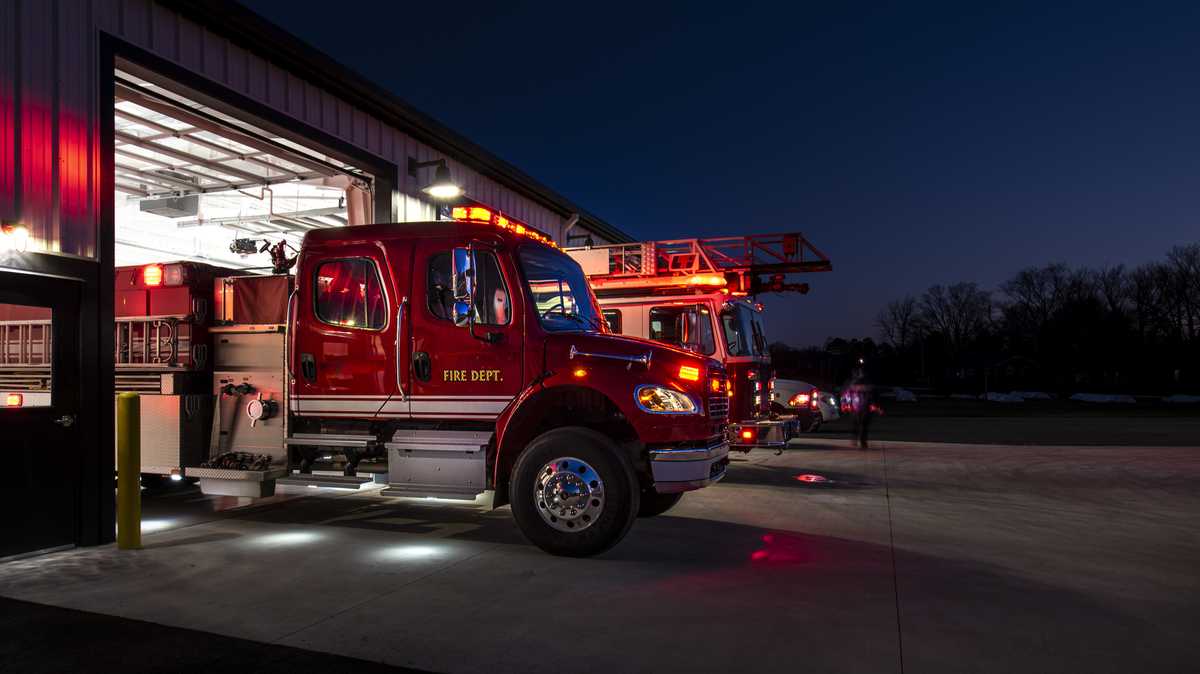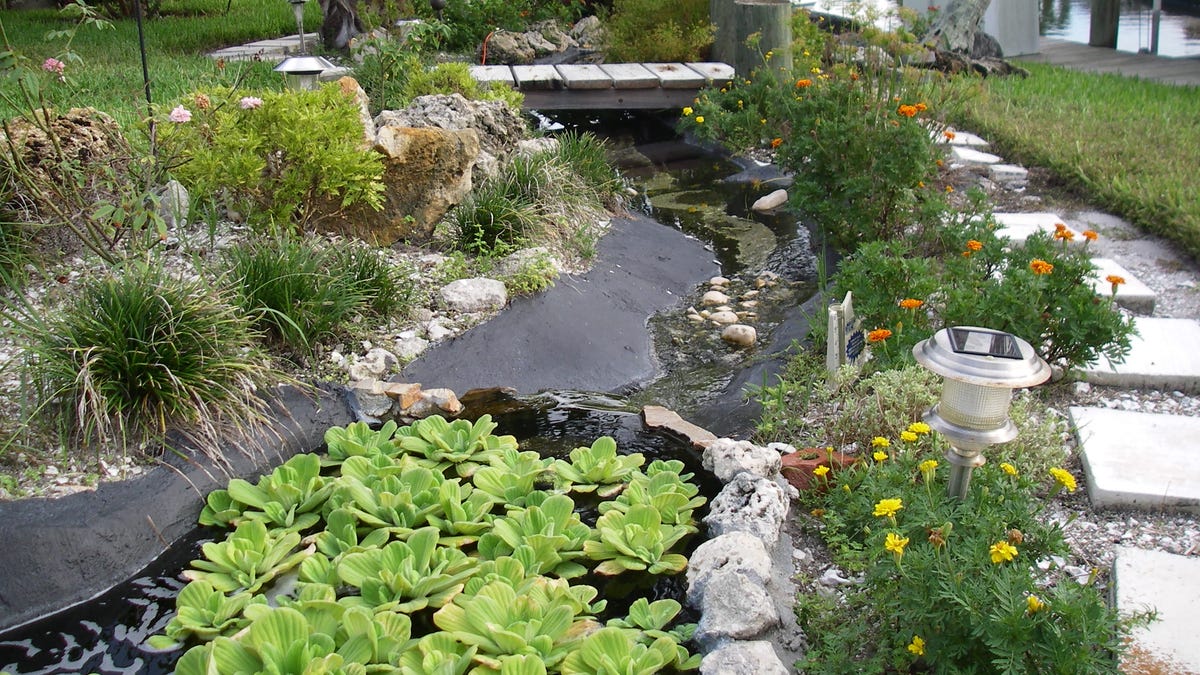OK, time to answer some questions that have been piling up.
First, mushrooms in the lawn? There have been a lot of click-bait âmushrooms in the lawn articlesâ of late. That is because âtis the season what with all the rain around the country in August and because many homeowners freak out when they see a mushroom in the yard, nonetheless the lawn. And, some Alaskan gardeners are in this group.
Organic gardeners (especially if they have read âThe Teaming Seriesâ) of course, know that having mushrooms can only mean two things. First, the mushroom is the fruiting body of a mycorrhizal fungi that has formed a symbiotic relationship with one or more of the trees in the yard. Or, you have lots of organic matter in your lawnâs soil that the fungi are decaying.
To my way of thinking, both are good. So those mushrooms in your lawn are a great sign. Do not try to kill them off with chemicals. If you must, you can mow the fruiting bodies down; the underlaying fungi will survive and continue to do their job.
Next, last week I mentioned potatoes and suggested you could sneak under your hill and pull a few ânewâ potatoes. That prompted questions as to when it is a good time to harvest the rest. Two factors come into play when answering. First, the plants should really flower. Then it is finished growing.
After potato flowers appear, the spuds are technically ready to eat. However, as it gets cooler, the plant delivers its sugars down to the potatoes and these are converted into starch. Harvesting right after the first frost gives this process some time. I used the Marion Owen method (toss the chits onto leaves in a container and fill it all the way up. No hilling needed) and the plants are just starting to flower.
I got a report of a sawfly infestation last week. Yes, that seems awfully late as they usually strip leaves in June. Mutations happen in nature. This is evolution in âprogress.â Fortunately, these fly larvae donât seem to impact the fruit. My friend Lee Reichâs book âUncommon Berriesâ has suggestion for new gooseberries that may not have the sawfly problem.
Next, I have challenged those who donât fertilize with chemicals to show me a yellow lawn this time of year if you leave the lawn clippings and do nothing else. I did get a picture of a yellow-striped lawn in reply. What was so obvious, other than the stripe which indicated the use of a chemical fertilizer, was that the house was a new one. I am quite sure the soil layer was removed during construction and the junky dirt left (it isnât soil) was just deep enough to support a crummy hydro-seeded lawn.
Chemicals are not the corrective answer. Compost is. You must add organics and soil food web organisms. Just 1/2 inch will make a huge difference. A full inch would be ideal. The same advice goes for those patches you may have on your lawns. Toss a bit of seed on them along with the compost.
And, finally, when is it time to plant garlic in Alaska? Here in Alaska, garlic is best planted in the fall, not spring as it is in most places Outside. Ideally a week or so after you have a killing frost. This allows the garlic to set roots without starting to grow green parts. That gives you plenty of time to order garlic bulbs (check out The Alaska Garlic Project for sales and info) or buy them locally from your nursery if you can find them.
In addition, you have time to check out the Cooperative Extension webpage on growing garlic in Alaska. Donât delay. The geese and sandhill cranes are already practicing for when the frosts do it.
Jeffâs Alaska Garden Calendar
Alaska Botanical Garden: So much going on. Check it all out at www.alaskabg.org. Donât delay ordering tickets for the popular âBeer In The Gardenâ event. Itâs Thursday, Sept. 5 from 6-9 p.m. Also, take advantage of the plant sales from The Gardenâs Nursery.
Mushrooms: Buy a Mushroom Guide. âTis the season to I.D.






:quality(70)/cloudfront-us-east-1.images.arcpublishing.com/adn/VN2ZUCBRGD7EGRF3BWOUW4CBC4.jpg)


